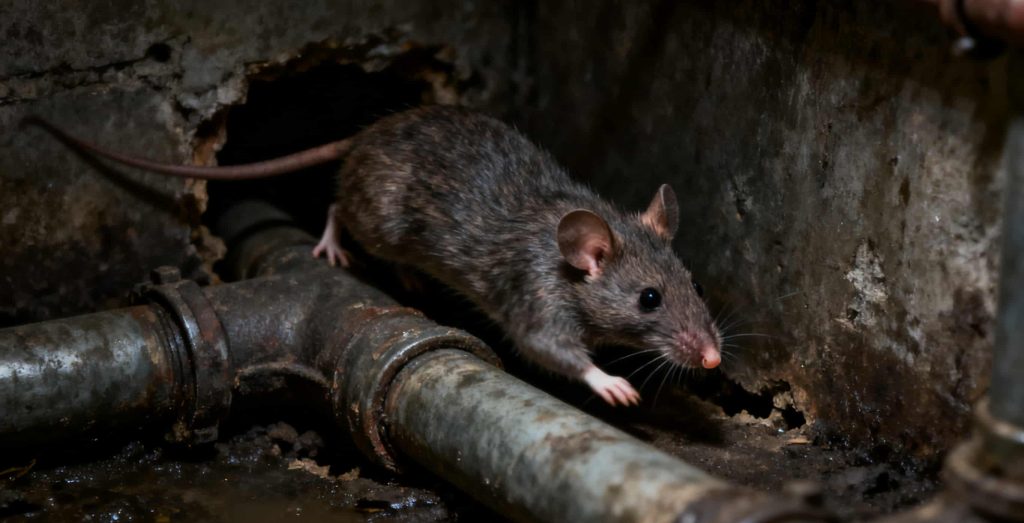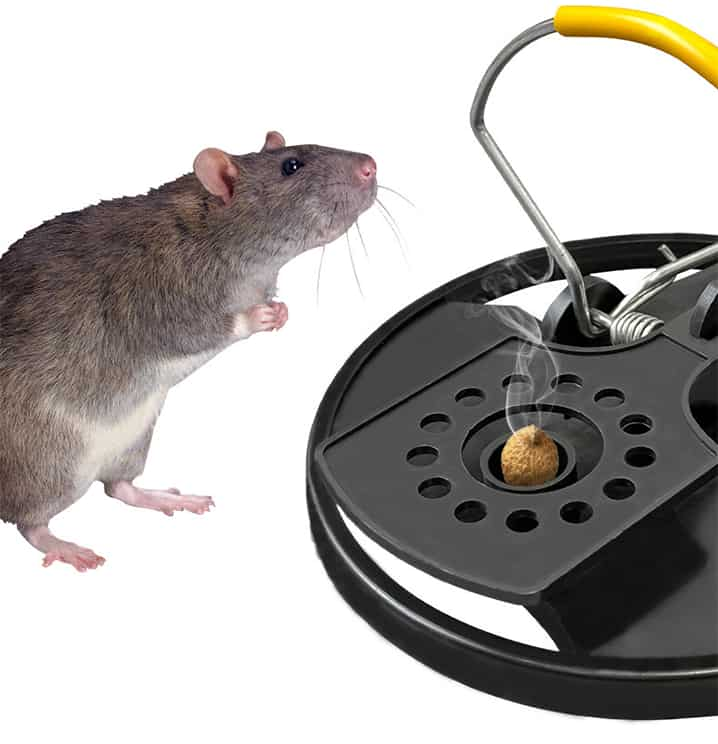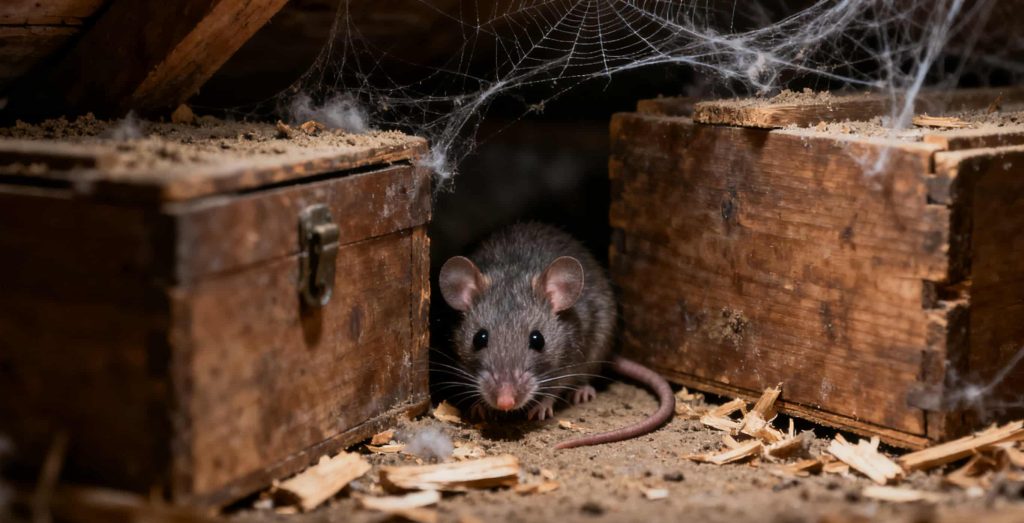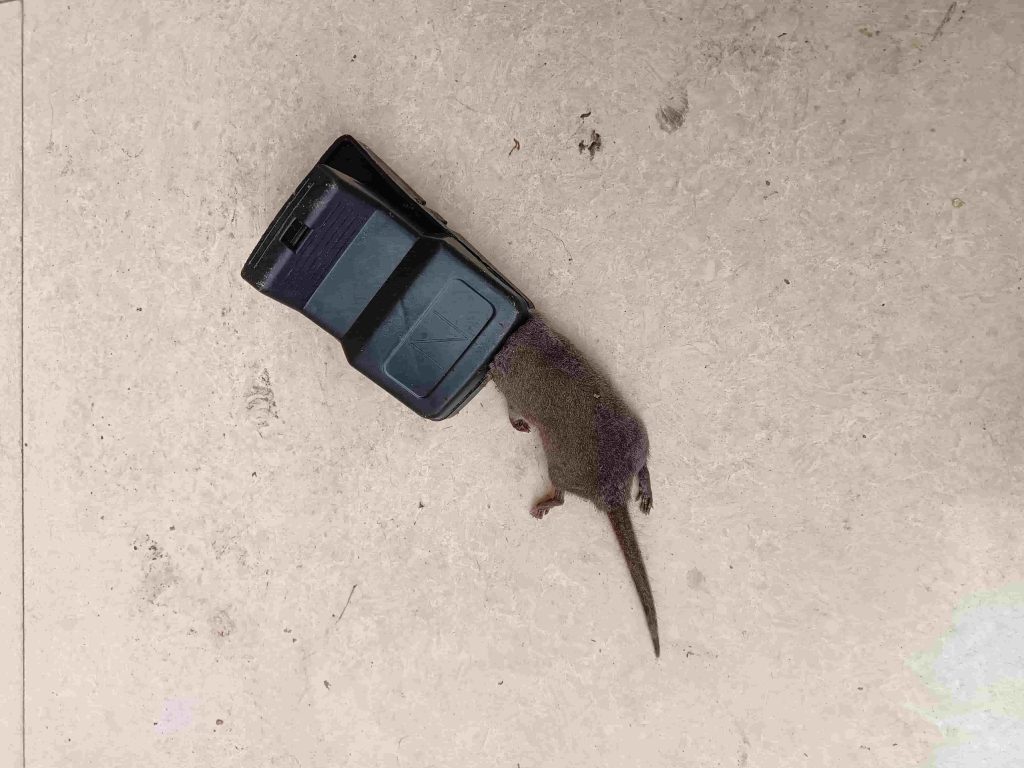If you suspect there is a mouse problem in your house, one of the first steps in effective rodent control is knowing where the mice are hiding. Mice are small, fast, and nocturnal, which makes them hard to spot during the day. However, by learning the common signs and hiding places, you can locate mice quickly and take action before the mice grows.

Find them out
Mice reproduce rapidly and can spread diseases through droppings, urine, and food contamination. They also chew through wires, insulation, and furniture. The sooner you find where mice are nesting, the easier to set up mouse traps, bait stations, or repellents for effective control.

Signs of Mouse Activity
Before you looking for the exact hiding spots, check these common signs of mice in the house:
- Droppings: Small, dark pellets near food, cabinets, or along baseboards
- Gnaw marks: Chewed packaging, wires, or wooden furniture
- Trails: Dark, oily marks along walls from repeated movement
- Scratching noises: Sounds in walls, ceilings, or attics, especially at night
- Nests: Shredded paper, fabric, or insulation piled in hidden corners
Spotting even one or two of these signs often means there are more mice nearby.
Where Do Mice Hide in the HousE?
Mice prefer quiet, dark, and warm areas close to food and water. Here are the most common mouse hiding places:
- Kitchens and Pantries – Behind stoves, refrigerators, or inside cabinets where food is stored.
- Walls and Ceilings – Inside wall voids and ceilings where they travel unnoticed.
- Attics and Basements – Low-traffic areas with insulation, boxes, and clutter.
- Garages and Storage Rooms – Cardboard boxes, old furniture, and storage bins.
- Under Furniture and Appliances – Small gaps under sofas, dishwashers, and washing machines.
- Crawl Spaces and Vents – Warm, hidden areas where mice feel safe.
By checking these areas carefully, you can narrow down where the mice are nesting.

Best Ways to Locate Mice at Night
Since mice are most active at night, try these methods:
- Use a flashlight to check along walls and baseboards.
- Sprinkle flour or baby powder near suspected entry to track footprints.
- Place mouse traps with bait.
These methods help you confirm mouse activity and determine the best places to set up mouse traps or repellents.
Next Steps: Getting Rid of Mice
After locating the problem areas, use effective rodent control solutions:
- Place mouse traps along walls and near nests.
- Use rodent bait stations for larger infestations.
- Seal cracks, holes, and entry points with steel wool or caulk.
Keep food stored in sealed containers or put them into refrigerator to prevent attracting more mice.

Learning how to identify mice are hiding is the first step to controlling an infestation. By spotting signs, checking hiding places, you can quickly identify and take action with Bonewhisper rat traps, bait. Protect your home today with the Bonewhisper rodent control — because the sooner you locate the mice, the easier it is to get rid of them for good.